Choosing the Best Door Design for Your Home
The entrance to your home serves as the primary impression of your style to visitors. Choosing the right door design is crucial in setting the aesthetic tone for your residence. This article delves into various door install and design options, so you can make an informed decision that complements your home architecture, meets security needs, and reflects your personal taste.
Choosing the Right Fit
When it comes to choosing a door install, one of the first considerations is the type of door install that best suits your needs. Traditional wood doors remain a popular choice due to their timeless appearance and ability to be customized with various stains and finishes. They offer classic beauty and warmth, making them suitable for a variety of architectural styles. Moreover, wood doors can be crafted with intricate designs, providing an element of sophistication and elegance. However, they may require more maintenance compared to other materials.
Modern glass door installs are increasingly favored for their ability to let natural light flood into the home, creating a bright and open atmosphere. These doors are typically utilized in contemporary and modern architectural styles, where clean lines and minimalism are desired. Often used as patio doors, they offer a seamless transition between indoor and outdoor spaces. Privacy can be maintained with frosted or textured glass options, while thermal glass ensures energy efficiency. However, the transparency of glass doors may not provide the utmost level of security or privacy.
Contemporary steel doors combine durability with modern aesthetics, making them an excellent option for homeowners prioritizing security. These doors are highly resistant to wear and tear, providing long-term resilience against elements such as harsh weather conditions. Steel doors can be painted in various colors to match your home’s exterior. Despite their industrial connotations, they can blend seamlessly into a variety of architectural designs. As a robust option, steel doors are particularly well-suited for urban environments where security is a primary concern.
Harmonizing With Your Home
The aesthetic style of your door should harmonize with your home's overall design scheme. Rustic and farmhouse styles are characterized by their use of natural materials, often featuring wood with a distressed or weathered finish. These doors can add warmth and charm to a home's exterior, especially when paired with wrought iron hardware. Rustic doors can include elements such as arched tops or decorative paneling to enhance their appearance. This style blends seamlessly with homes using natural stone and timber elements.
Minimalist and modern chic doors emphasize simplicity and elegance. They often include sleek lines and may utilize mixed materials like glass and metal. These doors align with contemporary homes that feature open layouts and minimal decoration. Color choices tend to be neutral, allowing them to integrate smoothly into a variety of facades. By prioritizing function over form, they may lack ornate detailing but excel in complementing uncluttered spaces.
Classic elegance can be achieved with paneled designs, which feature symmetric and raised or recessed panels. These doors are well-suited to traditional homes, adding a touch of sophistication and grandeur. The classic look can be emphasized with rich colors or wood stains. Paneled doors also provide a visual break in the monotony of smooth surfaces, enhancing the exterior's interest. For historic homes, they serve as a fitting choice that respects architectural heritage.
Balancing Function and Maintenance
Choosing the material for your door install involves balancing aesthetics, functionality, and maintenance needs. Wood, with its natural appeal and versatile aesthetic, is timeless and durable. It offers unmatched warmth and character, which can be enhanced with a variety of finishes. However, wood requires regular maintenance to prevent issues such as warping and rot. The average home, according to Bob Vila, an online home improvement resource, has 19 doors, where a mixture of wood and alternative materials might be used to balance charm and practicality.
Glass doors are favored for their ability to let light into a space, helping create a more vibrant environment. They can vary from clear to opaque, depending on privacy preferences. Thermal glass options enhance energy efficiency, forming a barrier against outdoor climate fluctuations. However, they may be more prone to damage and require careful handling. Security features such as tempered or laminated glass can improve resistance to impact, making them a viable choice for entrance doors.
Steel doors offer remarkable strength and security, making them particularly suited for exterior applications where protection is paramount. They resist common door-related issues, such as warping, and can survive adverse weather conditions. Steel provides a modern and sleek appearance that suits urban homes and industrial-themed interiors. Despite its robust nature, steel is relatively low-maintenance, only requiring occasional cleaning. The naturally insulating properties of steel can contribute to improved energy efficiency.
Protecting Your Home
Security is a crucial consideration when selecting a door for your home, where design plays a significant role. The impact of the door's design on security can vary, with more solid constructions generally offering better resistance to forced entry. For instance, fewer seams and solid cores provide less opportunity for break-ins. Reinforcements at common weak points, like the lock area and hinges, contribute to a secure entry point. Security ratings and certifications can serve as a guide when assessing potential door install options.
Secure locking mechanisms are essential regardless of the door material or style chosen. Options range from traditional lock-and-key systems to advanced electronic locking mechanisms that offer keyless entry. Deadbolts, smart locks, and multi-point systems provide various levels of security depending on your needs. It is vital to choose a locking system that complements the design of your door without detracting from its aesthetic appeal. Integrated security features can provide peace of mind without compromising style.
Choosing doors with reinforced frames enhances overall security as they add layers of protection against forced entry. Frames that encompass high-tensile materials, such as steel, create a robust boundary. Even with the most solid door, a weak frame can risk the entire setup, so reinforcement is crucial. Additional options include impact-resistant glass for doors with glass components, which adds another line of defense. Consider also integrating video and smart surveillance systems for heightened security.
Choosing Doors That Last
Adapting your door choice to match the climate is vital for ensuring long-lasting performance and preserving the aesthetics of your home. Weather-resistant coatings and finishes help protect doors against the natural elements, reducing the risk of damage such as peeling or fading. Specialty finishes can be applied to wood, steel, and fiberglass to enhance their durability. It’s important to consider UV protective coatings if the door will be exposed to extensive sunlight. Regions with high humidity levels need doors that resist warping and swelling.
Insulation and energy efficiency play a key role in a door’s functionality, impacting the home's temperature regulation and, ultimately, utility bills. Well-insulated doors help maintain internal temperature, reducing the reliance on heating and cooling systems. Options like foam-filled fiberglass and steel doors provide excellent thermal barriers. Thermal breaks in aluminum doors prevent heat transfer, improving energy efficiency in climates with fluctuating temperatures. Energy-efficient doors can lead to significant cost savings in the long run.
Certain environments may necessitate doors that can withstand specific conditions, such as high salinity near coastal areas or intense cold in northern climates. Doors for humid environments should be composed of materials that resist moisture absorption, reducing the chance of mold growth. Regular maintenance, such as sealing and painting, will also help prolong the lifespan against climate-related wear. For extreme conditions, it’s advisable to consult experts to ensure the chosen door aligns with environmental demands. Customized reinforcements tailored to local weather can provide added longevity and protection.
Choosing the best door install and design for your home involves an interplay of aesthetic preferences, functional requirements, and security considerations. By understanding the different types of doors, materials, security features, and the impact of climate, you can select a door install that not only enhances your home's curb appeal but also offers comfort and safety for years to come. Reach out to Divine Doors and Trim, Inc to learn more about your options today!


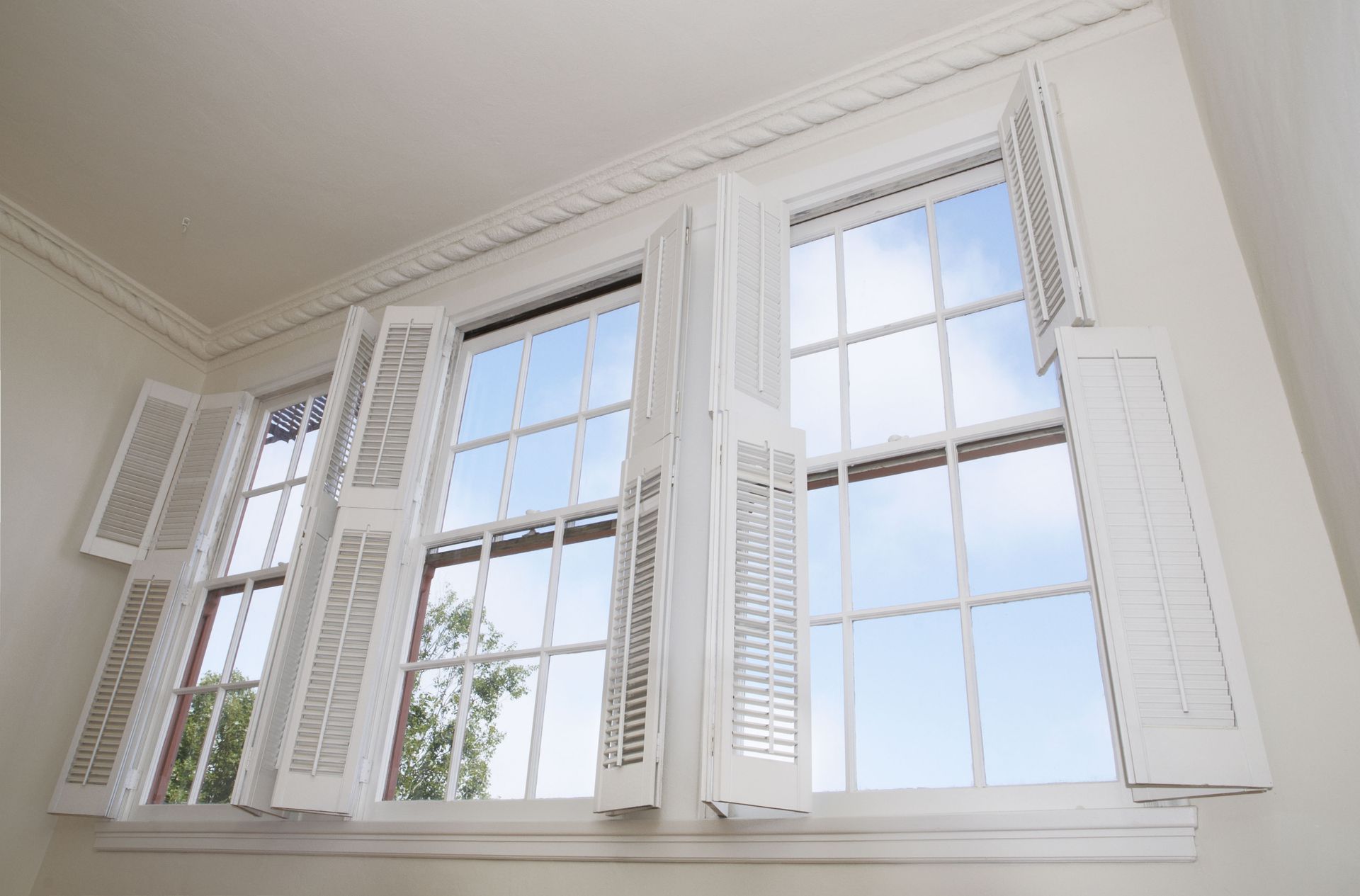
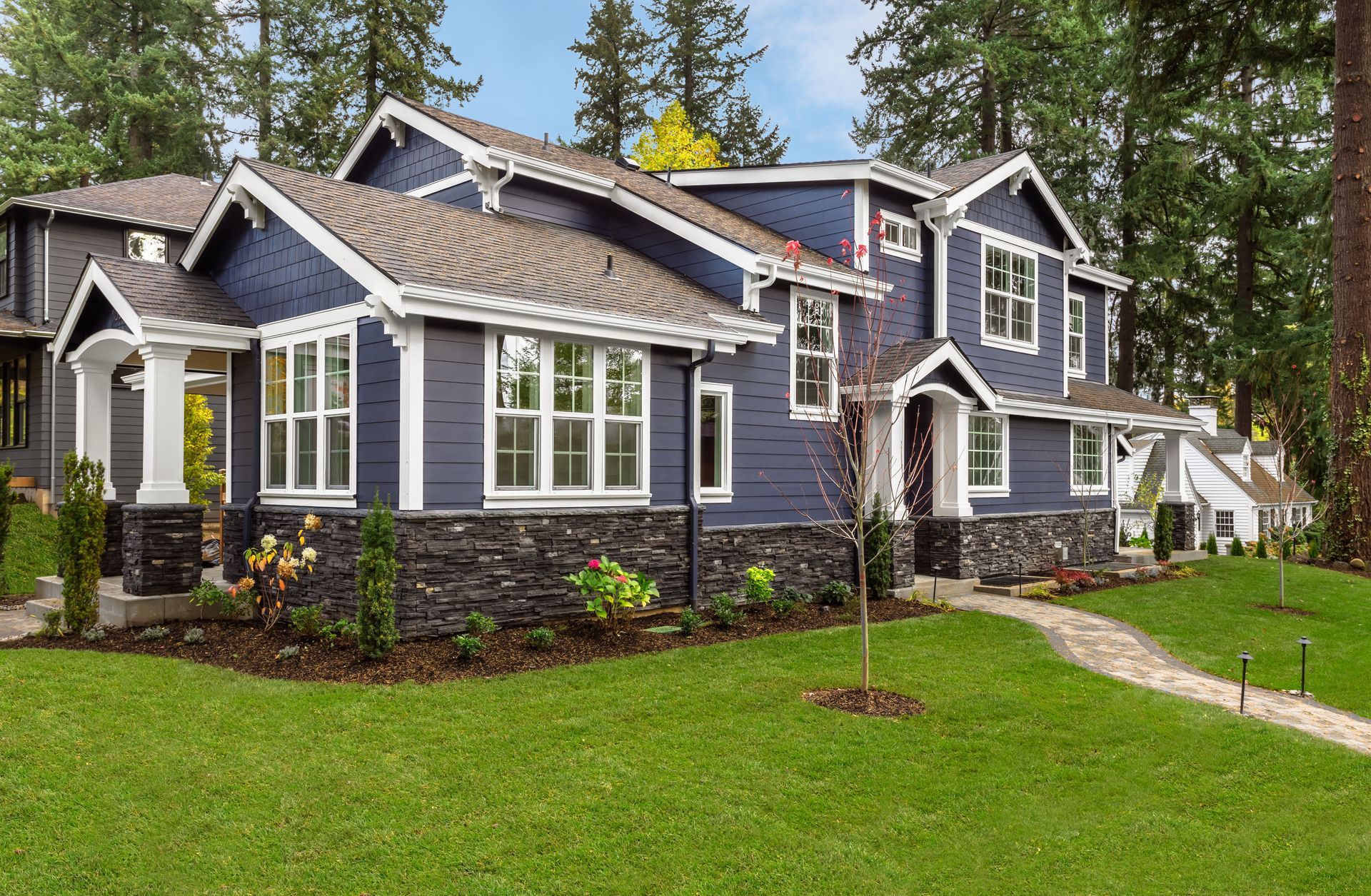

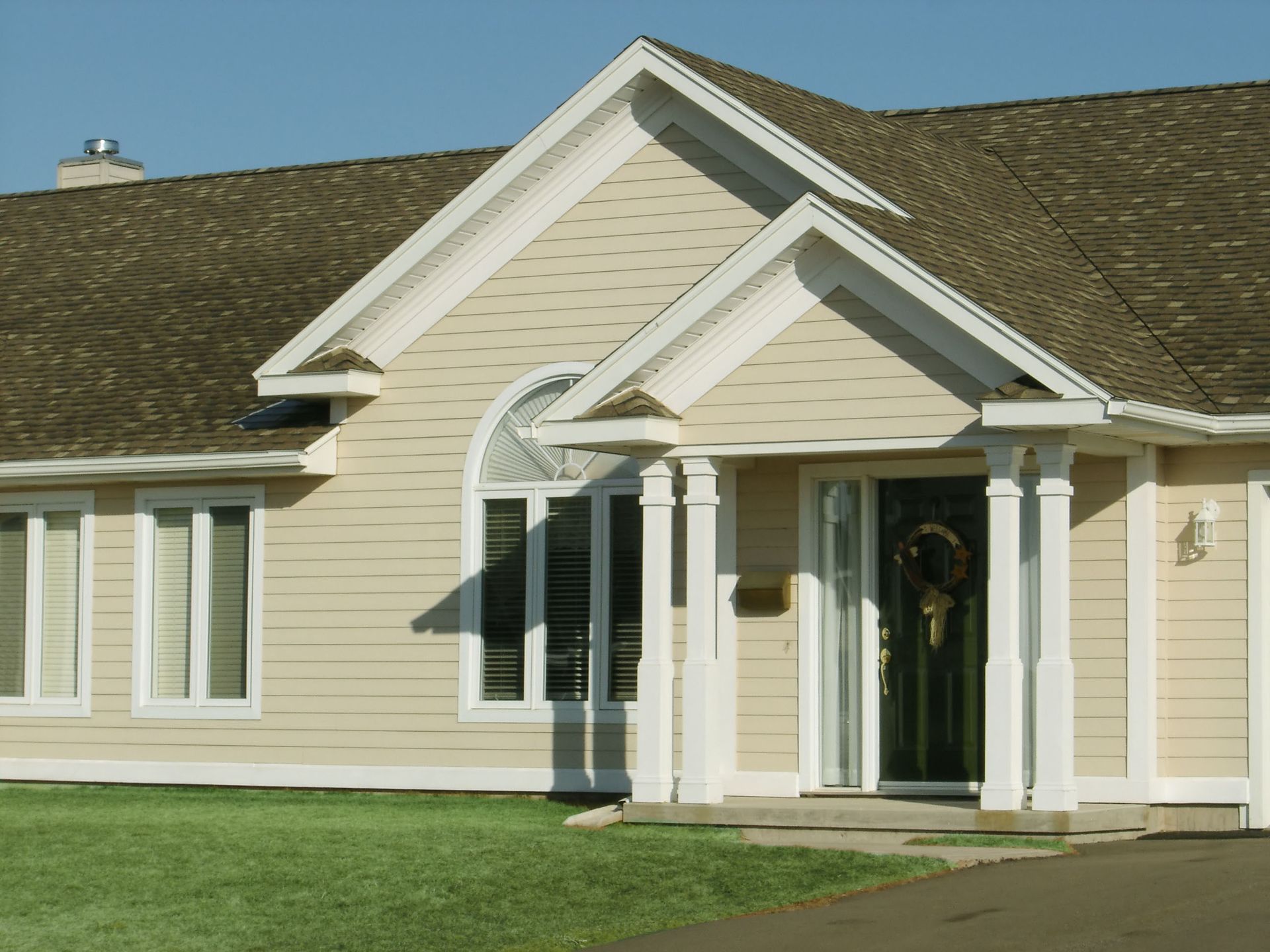
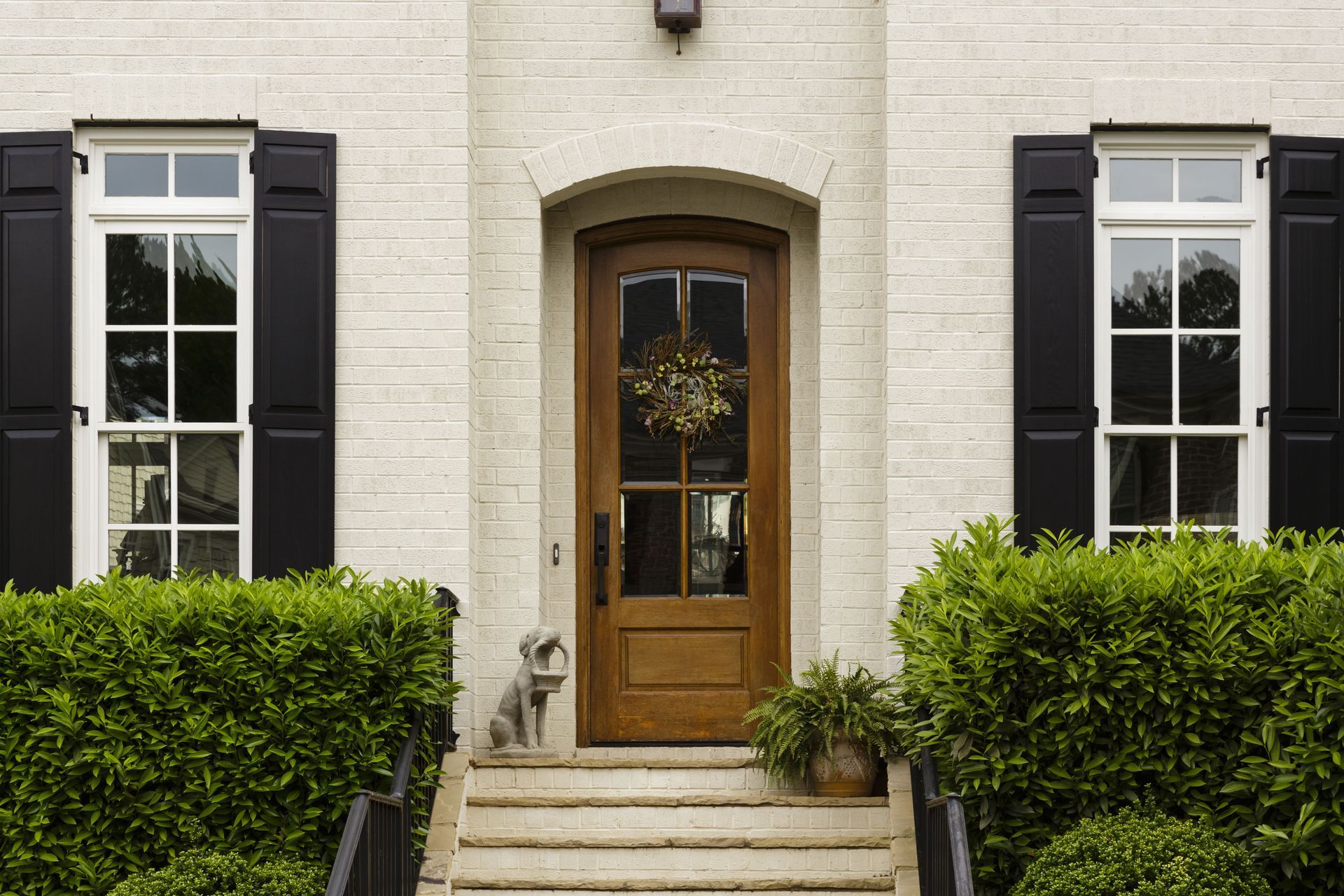
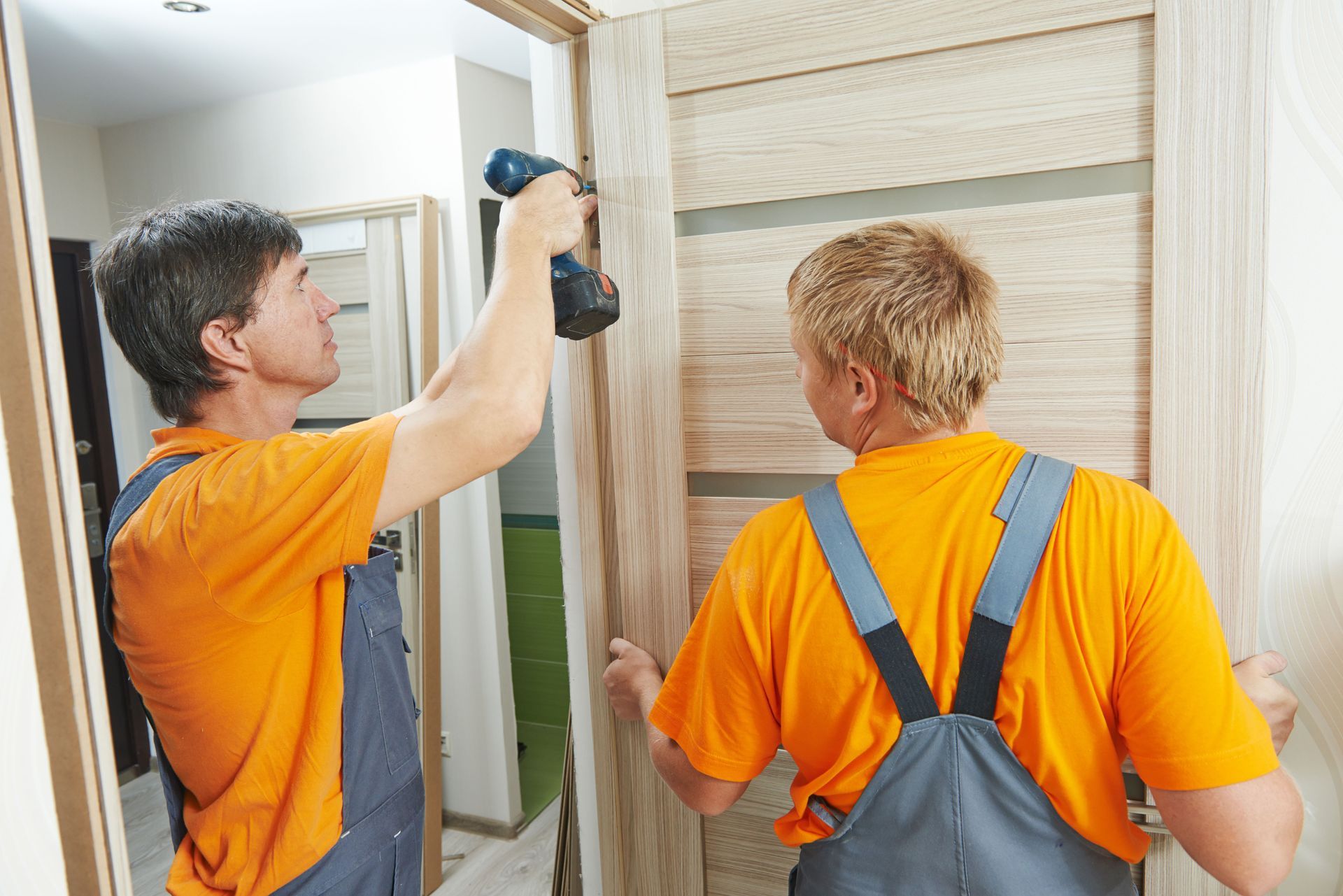
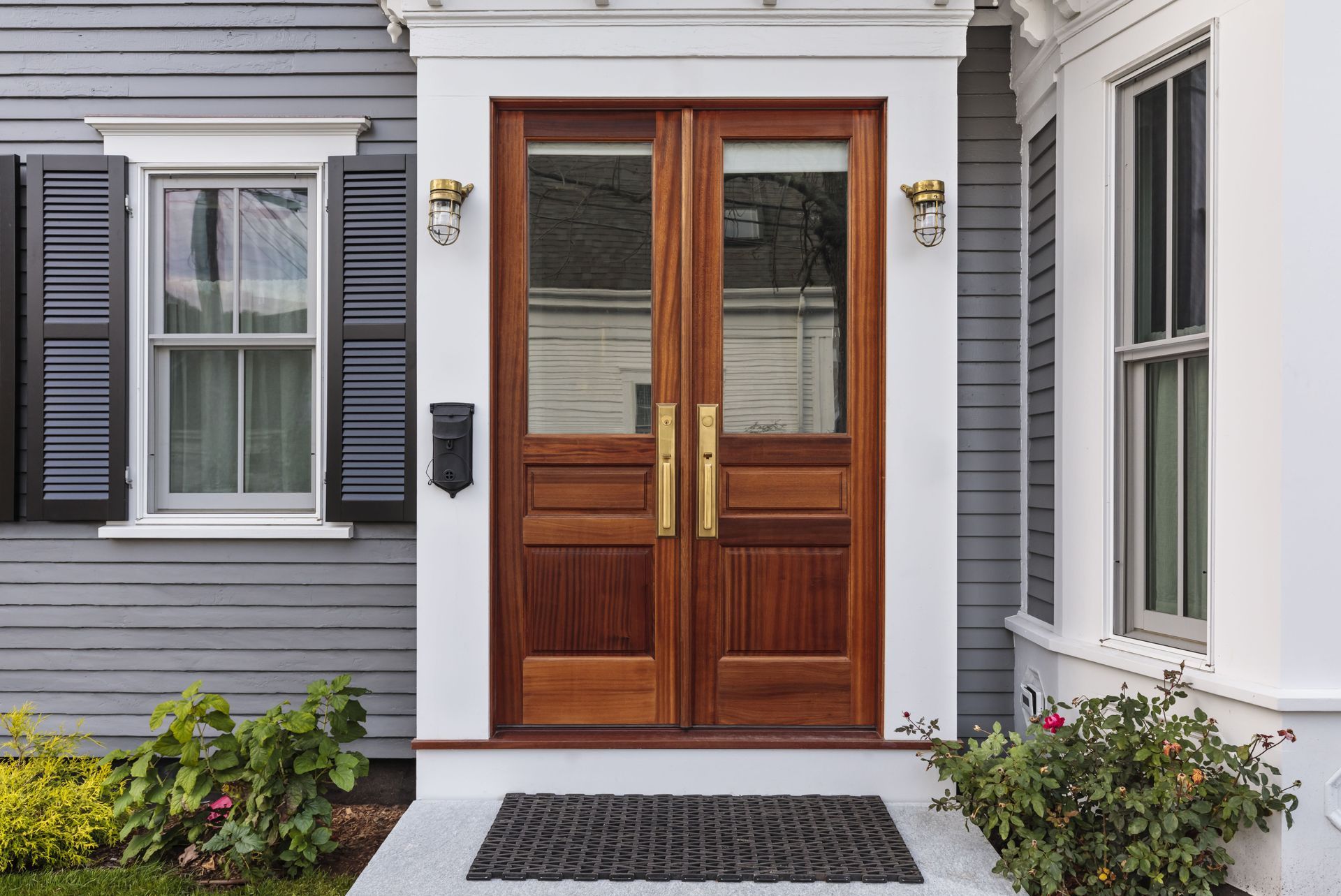

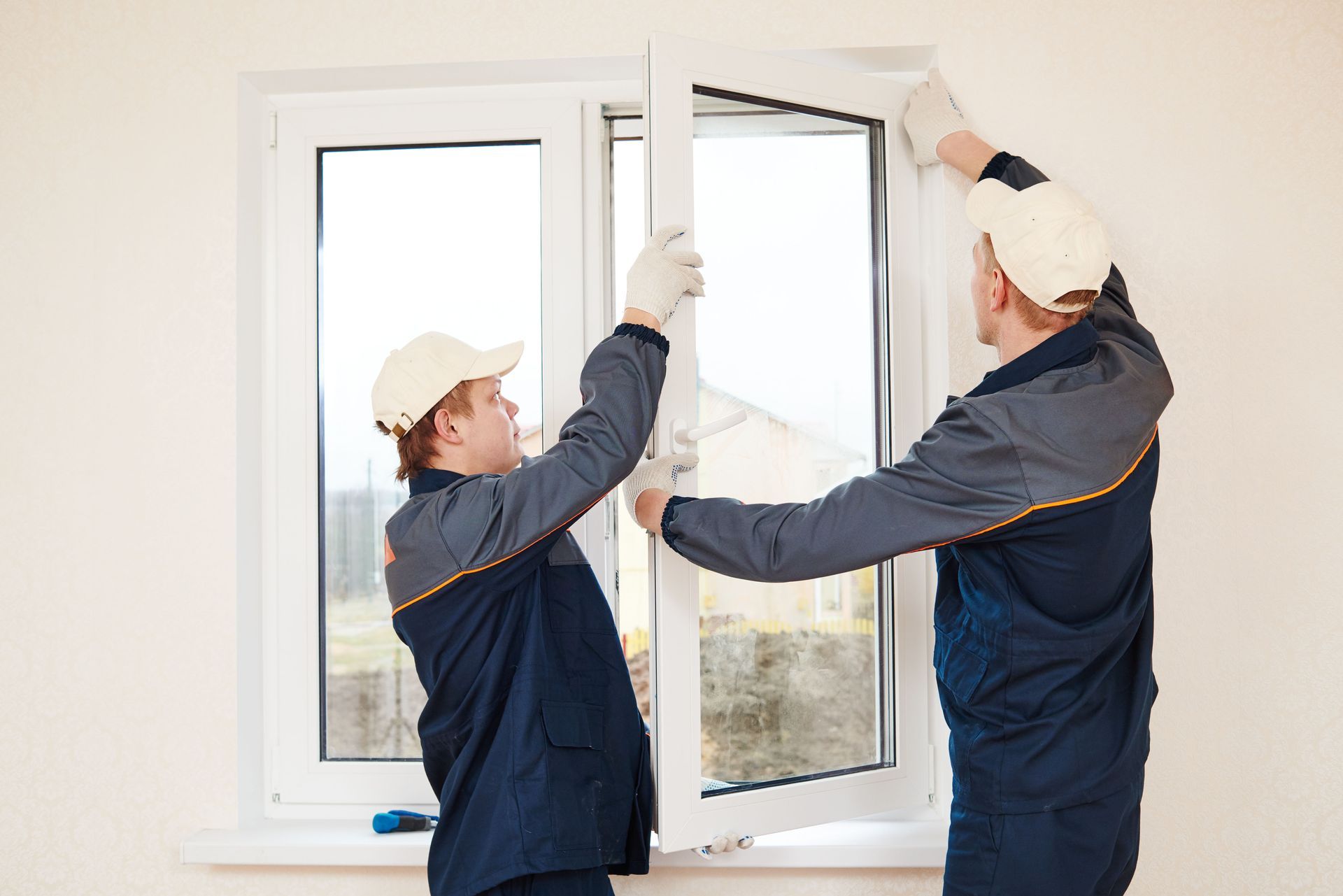
Share On: